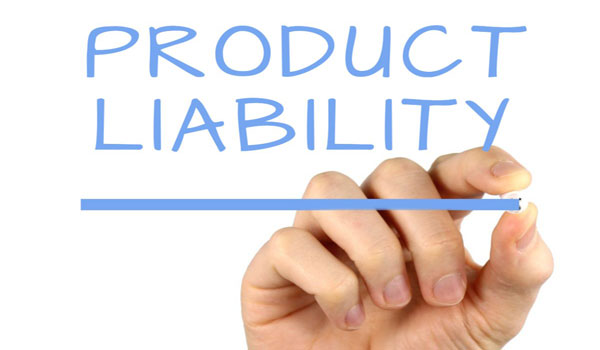When you purchase anything for your company, you want to pay beforehand from your checking account or loan, and any borrowing generates a debt and a press release on your overall assets by creditors, which must be repaid at a certain point either in money or by the loss of other capital.
For instance, purchasing from suppliers on a MasterCard may be a sort of borrowing that makes liability for your business unless the MasterCard is paid off by the month’s end.
Similarly, obtaining a bank overdraft, commercial loan, or mortgage on business property leads to an obligation. Additionally, the corporate can incur liabilities as a result of activities like paying employees and collecting nuisance tax from customers.
To be sure, some liability benefits a corporation as debt, characterized because the use of borrowed funds to get new assets, increases, and a business require assets to accumulate and retain customers. as an example, if a restaurant has an excessive number of consumers for its room, it’s limiting growth.
If the restaurant obtains loans to expand (leveraging), it’ll be ready to expand and serve a greater number of consumers, thus growing its revenue. Of course, excessive liability is detrimental to companies.
If such a lot of the business’s revenue is spent repaying loans, there could be insufficient funds to hide other expenditures. Liabilities are disclosed on the record of the corporate, a budget that summarizes the financial position of the business at the top of an accounting period.
On the left are the business’s assets (what it owns), and on the proper are the liabilities and owners’ equity, with the liabilities usually coming above the owners’ equity since they’re paid back first within the case of a firm’s bankruptcy.
Non-current liabilities are often mentioned since long-term liabilities, as they mature after a period of quite a year. Businesses will incur a long-term debt so as to get immediate capital for acquisitions like office space or computer equipment, or to take a position in new capital projects.
Long-term liabilities are critical in assessing a company’s long-term solvency, or ability to satisfy long-term financial obligations. Businesses may encounter a solvency crisis if they’re unable to satisfy their long-term obligations as they mature.
Contingent liabilities also referred to as possible liabilities, impact the business as long as a true future occurrence occurs. as an example, if a business is sued, they’re liable if the case is successful but not if it’s unsuccessful.
A contingency liability is registered for accounting purposes as long as the liability is probable and therefore the sum is often accurately calculated.
an easy thanks to comprehending company liabilities is to think about how you buy something associated with your business. you’ll pay with cash from a bank account or with a loan. All borrowing, including the utilization of a MasterCard, creates a liability.
Your liabilities are going to be listed on the record, which may be a budget that summarizes the financial performance of your company at the top of an accounting period. Over time, liabilities could also be settled by the exchange of cash, goods, or services.
To determine your total liabilities, you’ll compile an inventory of all of your debts and add all of them together.
Additionally, you’ll use an easy accounting formula to work out if the books are balanced. Calculate liabilities + equity = funds to try to do this. To be balanced, the sum of your total liabilities and equity must equal the sum of your total assets.
What are commercial liabilities? Liabilities are simply legal duties or commitments. Many of those small-business liabilities are unavoidable. In an accounting context, a corporation must have some responsibility so as to prosper.
Liabilities include loans, mortgages, and other unpaid amounts. However, within the world, a business description of “liable” features a negative connotation.
That’s because liability is usually related to litigation, which may be expensive and distressing. consistent with many international tourists, America may be a litigious country, with people often suing companies and business owners instead of individuals.
When a corporation owner hears the term “liable,” he or she sometimes experiences fear. What sorts of company liabilities do you have to remember?
These are often unpredictable and diverse in nature and are very distinct from financial, mandatory liabilities. the sole time a business is often freed from obligations is if it pays in cash and accepts only cash payments. thanks to the very fact that we sleep in a digital business world, it’s almost impossible for a business to survive solely on cash. As a result, small companies also face liabilities.
These liabilities aren’t necessarily detrimental – as long as the liabilities and income are handled properly. Since both assets and liabilities have an impression on your business’s record, it is vital to think about how these two variables interact. you ought to run when the numbers are right and current.
Related: Starting A Lawn Care Business in 2024


